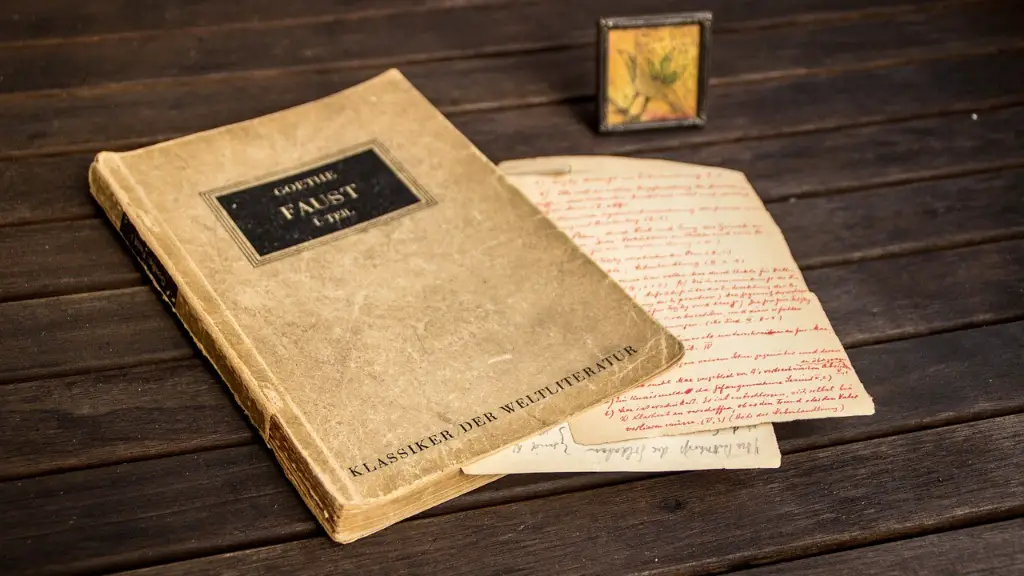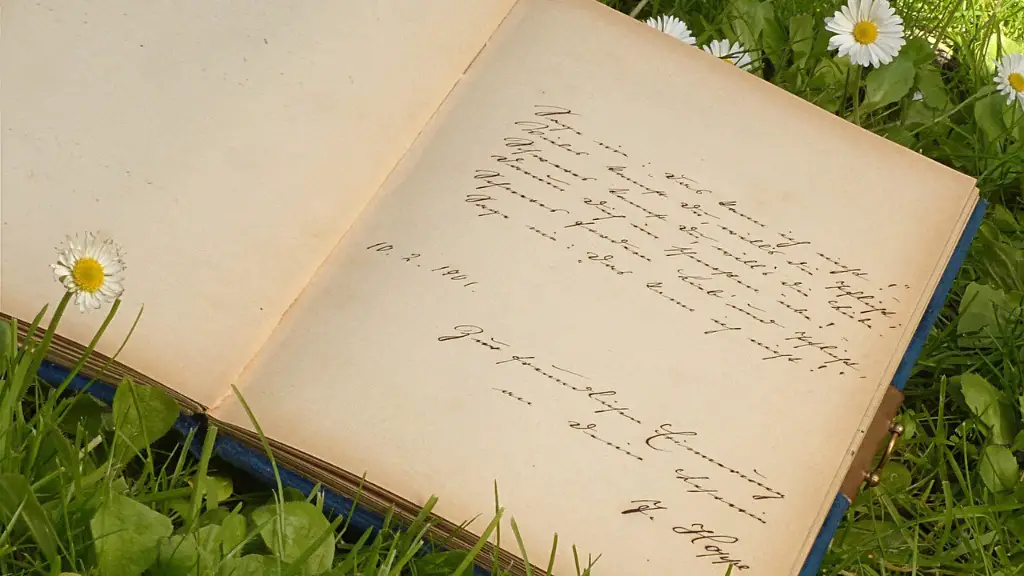What is a poetry analysis essay?
An analytical essay on a poem is an exploration of the text and its connections to the author’s broader themes and to the real world. It is important to understand the structure of the poem, as well as its language, imagery, and tone. For example, an analysis might focus on how a poem’s structure reinforces its message, or how its diction suggests a mood. In an analytical paper, you will also explain how a poem works, how it creates its effects, and why it is written the way it is. An analysis of a poem might look at a particular literary device, such as the use of enjambment in an epic poem.
What is the purpose of an introduction for a poetry analysis essay?
The introduction is the first chance you have to make an impact on the reader of your poem analysis essay. This is where you provide a brief overview of the main points of your paper, explain why the poem is important and set the tone of the essay. A good introduction should give the reader a good idea of what to expect from your essay, as well as a sense of why the poem is worth discussing. It is also a chance for you to provide any necessary context for the poem, as well as draw attention to any important implications of your analysis.
How to write an introduction for a poetry analysis essay: key points
- Briefly introduce the poem and its author.
- Provide relevant context to the poem.
- Identify the main argument or main points of your paper.
- Engage the reader with a strong opening sentence.
- Use a clear and direct language.
- State the thesis statement.
- Ask a thought-provoking question.
Brief history of the poem
When writing an introduction for a poetry analysis essay, it is important to consider the poem’s history. What period is the poem from? Who wrote it? How is it related to other works of the same author? Take note of the publication history of the poem, such as the year it was published and any awards it may have won. These are all important pieces of information that can add depth and texture to your analysis.
Context and diction
Another important aspect to consider when writing an introduction for a poetry analysis essay is the context and diction of the poem. What theme or tone does the poem take, and how does it connect to other works of the same author or genre? Is there a particular type of language or imagery used? Outlining the context and diction of the poem can help to provide a better understanding of your analysis, and can help the reader to better appreciate and understand the work.
Thesis statement and main points
When writing the introduction to a poem analysis essay, it is important to consider your thesis statement and main points. The thesis statement should provide a brief overview of what you will be discussing in the essay, and should clearly and succinctly state your main argument. The main points of the paper should also be outlined, so that the reader knows what to expect. It is important to engage the reader with a strong opening sentence and draw their attention to the main points.
Ask a thought-provoking question
A great way of ensuring that the reader is engaged at the start is by asking a thought-provoking question. This should be one that is linked to your main argument and which encourages the reader to think about the poem in a new way. This can help to spark a conversation about the poem and can help to draw out ideas and perspectives.
Activity of the poet
When writing an introduction for a poem analysis essay, it is important to consider the activity of the poet. What was the poet’s motivation for writing the poem? Was it a personal experience, a societal issue, or a reflection on human nature that they are exploring? Understanding the poet’s activity can help to provide a better understanding of their work and can lead to a more informed analysis.
Researching the life and times of the poet can be a great way to gain a fuller understanding of the background to the poem and might lead to some interesting observations and insights. Additionally, if there is a theme or social commentary explored in the poem, researching the historical context and cultural references associated with the poem can provide a valuable and rich insight.
Exploring the inspiration, synchronicity and tone of the poem can also be enlightening. What does the poem’s title suggest about its themes? Are the poems’ central ideas introduced in the title? Does the poet use sound or rhythm to convey their meaning? Answering questions such as these can help to develop your analysis and provide deeper insight into the poem.
Reading the poem
When writing a poetry analysis, it is critical to carefully read the poem and take note of the central ideas and themes. Consider the poem’s structure. How does the length and form of the poem impact its meaning? Additionally, note any repetition of words and the literary devices the poet has used, such as alliteration, rhyming and similes. Examining the language and structure of the poem can provide valuable insight into the poem’s meanings and implications.
When reading the poem, consider the thematic concerns and themes. Are any universal themes explored in the poem? What is the poet trying to communicate? What emotions do the words evoke and how does the form affect the readers’ response? Does the poem explore personal experiences or offer commentaries on social or political issues? Investigating these questions can offer a wide lens of understanding and can help to capture the poet’s intent.
Taking time to understand the poet’s concerns and writing styles can be time well spent and can help to frame your analysis. Looking closely at the imagery and language used in the poem and making notes can give invaluable insight into the poet’s intent and can inform your essay.
Analyzing the poem
When analyzing a poem it is important to consider the technical aspects, symbolism and metaphors and the poem’s messages and implications. Consider the structure, rhythm and tempo of the poem. How does the poem’s form impact its message? Additionally, look for any patterns of alliteration, rhyming and imagery that the poet has used. Are any symbols or metaphors evident in the poem? Does the poet use any unique word choice to evoke a particular feeling? Answering these questions can offer valuable insights.
Consider the meaning behind the poem’s words. In what ways does the poet use the language? Are there any underlying subtleties in the poem’s language, such as hidden messages or literary devices? Thinking about the implications of the poem’s words can help to draw out its main ideas.
Additionally, ponder the concept of beauty in the poem. What is the poem saying about beauty and art? What is the poet’s opinion on society and human nature? Investigating the poem’s messages and implications can provide an in-depth analysis of its contents and can help to draw out the poet’s thoughts and feelings.
Interpreting the poem
When interpreting a poem, it is important to consider what other interpretations may be possible. Are there any alternative ways of reading the poem that open up new ideas and perspectives? Considering a poem through different lenses and perspectives can help to reveal new meanings and implications. It is important to develop your own interpretations about the poem’s messages and ideas as well as drawing on other interpretations.
It can be useful to consider the poem through the lens of literary devices, such as irony and paradox. Are there any false conclusions that the poet wants its readers to draw? Are there hidden meanings behind the words and how does the poet use the language to express its message? Think about how the language of the poem can convey its deeper intentions.
Exploring different interpretations is a great way to begin to analyze a poem. Additionally, thinking about other perspectives and interpretations of the poem can add a different dynamic to your understanding and can lead to a richer and deeper analysis.
Conclusion and summary
When writing an introduction for a poem analysis essay, it is important to consider the poet’s activity, read the poem carefully, analyze its details, and consider multiple interpretations of its messages. Examining the poem’s context, diction, themes and structure can provide invaluable insights into the poem. Additionally, asking a thought-provoking question and using a direct and clear language can help to engage the readers and can help to draw attention to your main points. By considering all these key points, you can write an effective introduction for your poem analysis essay.





